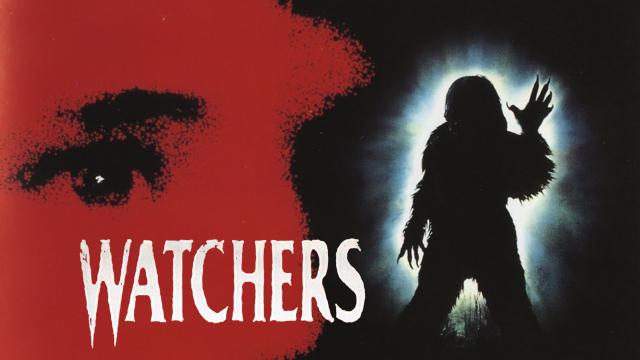If humans and animals navigate separate spheres within their shared world, then what becomes of creatures whose existence crosses into both realms? Jon Hess’s 1988 science fiction horror film Watchers queries the animal presence within humanity through the camera techniques used during the genetically-engineered OXCOM’s first attack on Travis Cornell.
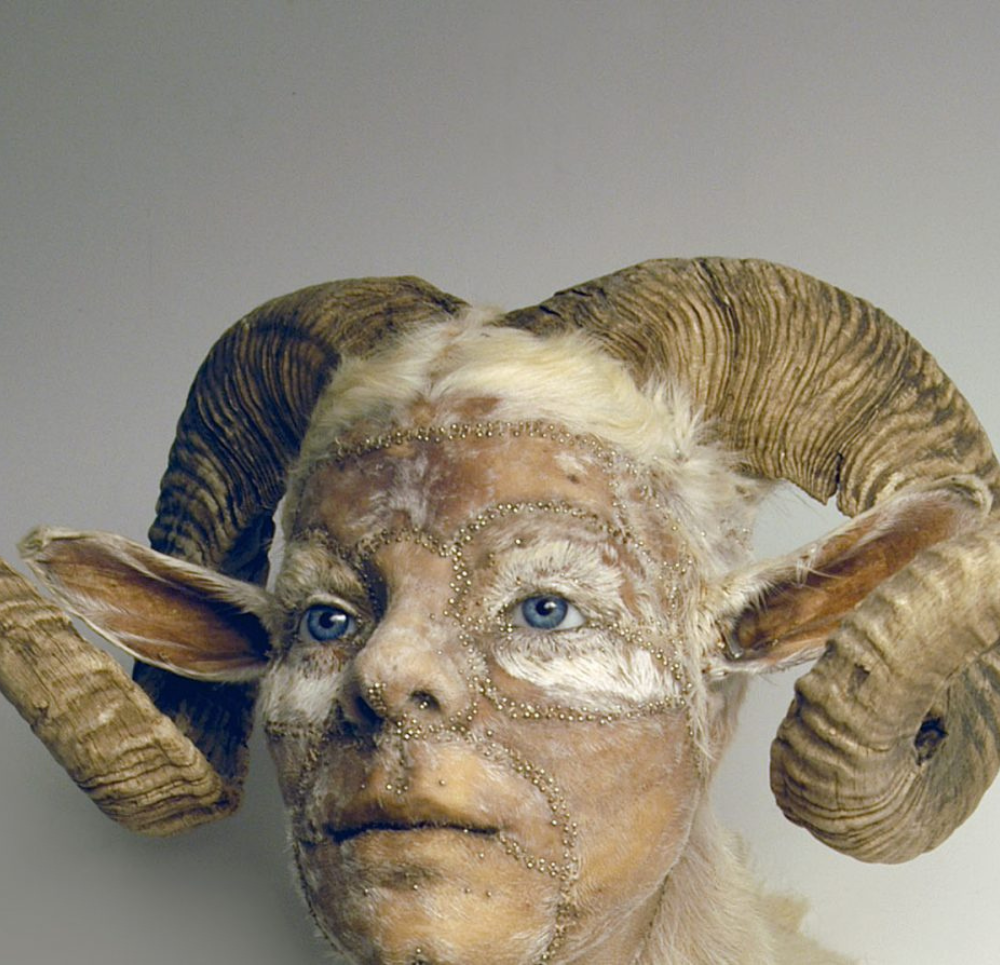
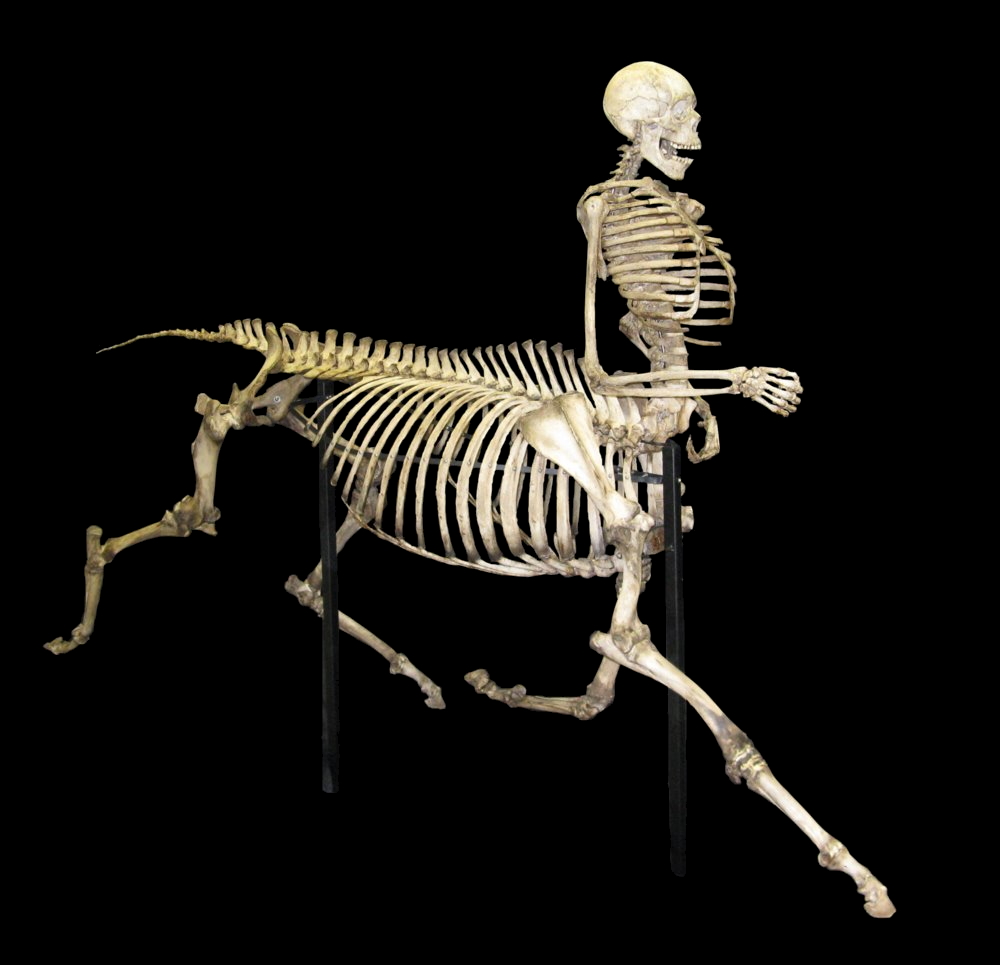
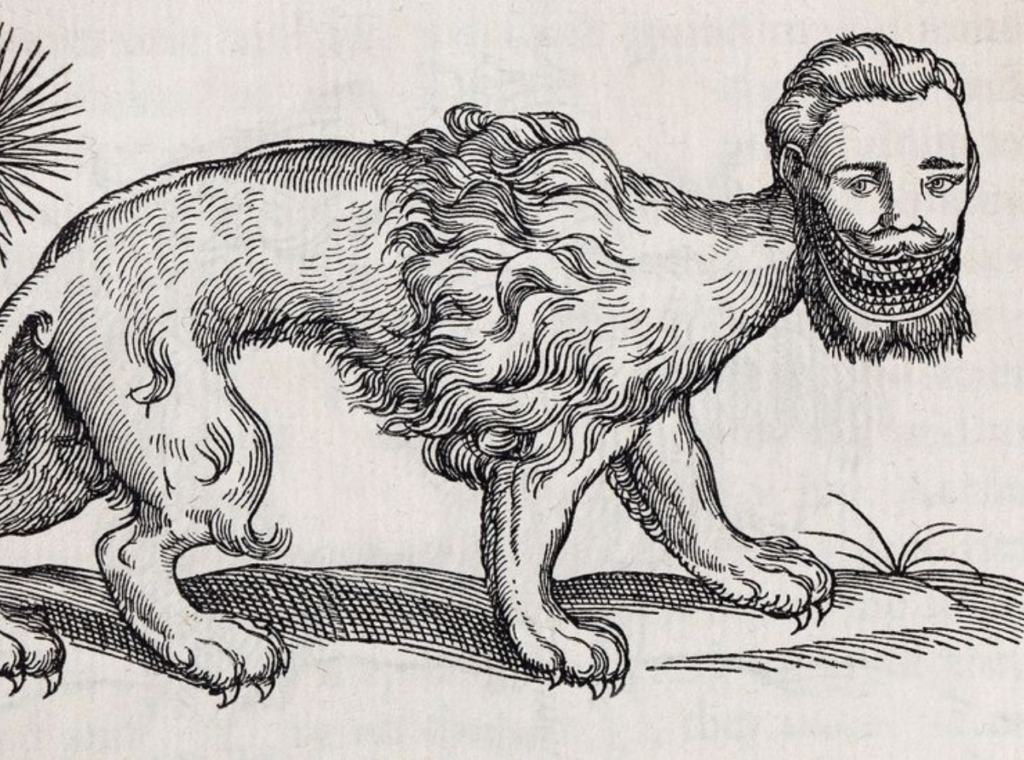
(Above) Humanity’s Fascination with Human-Animal Hybrids
It is through the opposing pieces of the OXCOM’S identity that the films considers naturally animalistic impulses residing within human nature. Due to the combination of the creature’s human interiority and its ape-like appearance, this enables it to serve as a Gothic symbol of de-evolution. The OXCOM’s duality therefore addresses the concept of humanity surrendering to its inherent savagery and regressing to an almost-primal state. This is demonstrated through the creature’s intense need to remain entirely focused on Travis as he discovers the decapitated remains of handyman Hockney. Despite the OXCOM’s perspective moving around slowly as it attempts to remain undetected, it continuously keeps the teenager centralised within its vision. In doing this, the creature is able to fully witness not only Travis’s terrified reaction to the destruction of both his home and neighbour, but also his dawning comprehension of the conflicting elements of animalistic aggression and human intelligence found within the OXCOM’s violence. By concealing itself in order to savour the moment of discovery, the OXCOM comprehends that it has transgressed a uniquely human social boundary. This awareness reduces its animality to an intrinsic human-like tool that allows it to perform its tasks, rather than an overruling, destructive instinct. Thus, it is the OXCOM’s human nature that is culpable of Hockney’s death, categorising it instead as a murder rather than an animal attack. This acknowledgement of animal impulses buried within humanity is further simulated through the camera cutting back and forth between perspective shots.
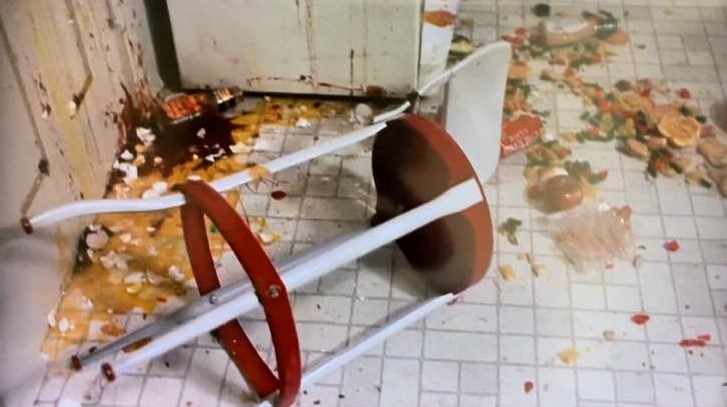
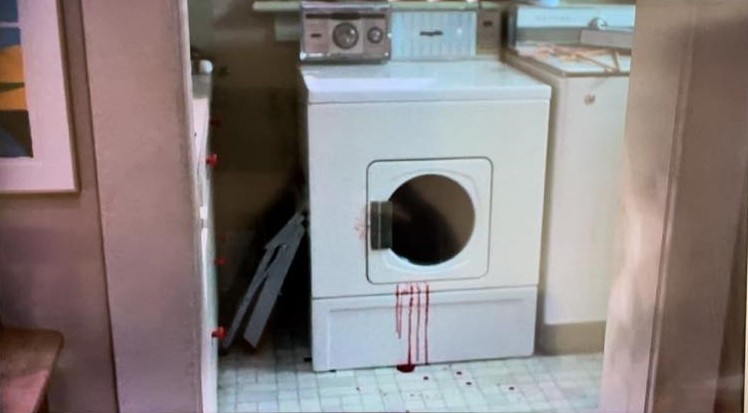
By interspersing the OXCOM’s fixated point of view with Travis’s own eyeline tracking across the bloodied door of the washing machine, the film exhibits the juxtaposition between the creature’s human desires and animal actions as it repeatedly emphasises the brutal, frenzied carnage existing alongside the calculated placement of Hockney’s head. The OXCOM therefore deeply desires its Gothic duality, as well as its socially unrestricted ability to cross human and animal realms, to be recognised through its deliberately contradictory behaviours. This effectively subverts the romanticisation of civilisation and human rationality, instead cultivating the idea that the savagery associated with animals is still – and always has been – identifiable within humanity.
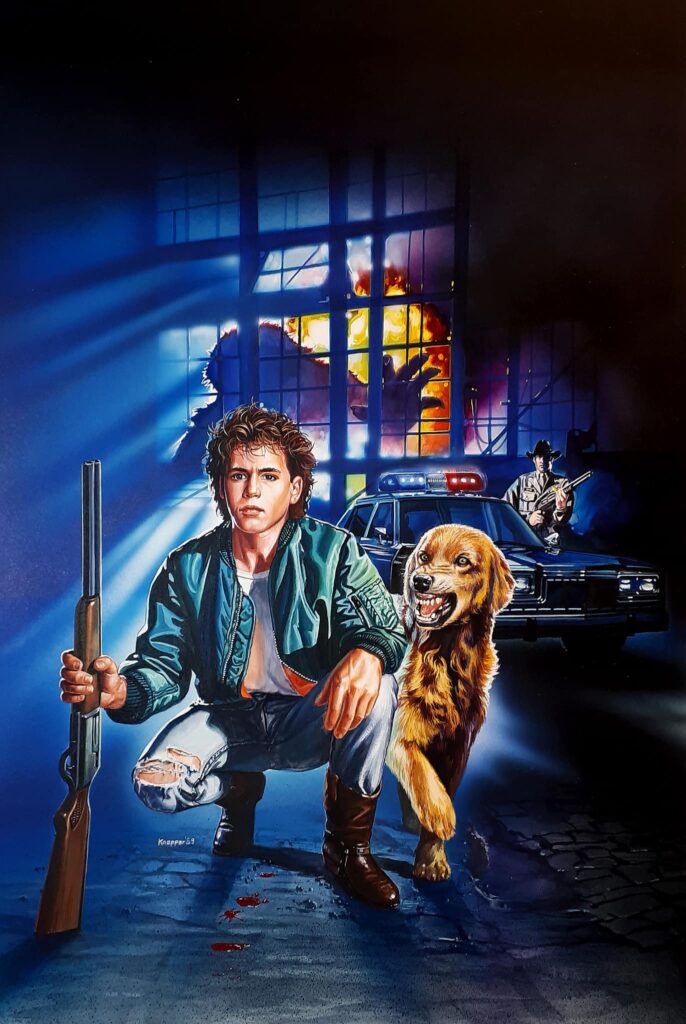
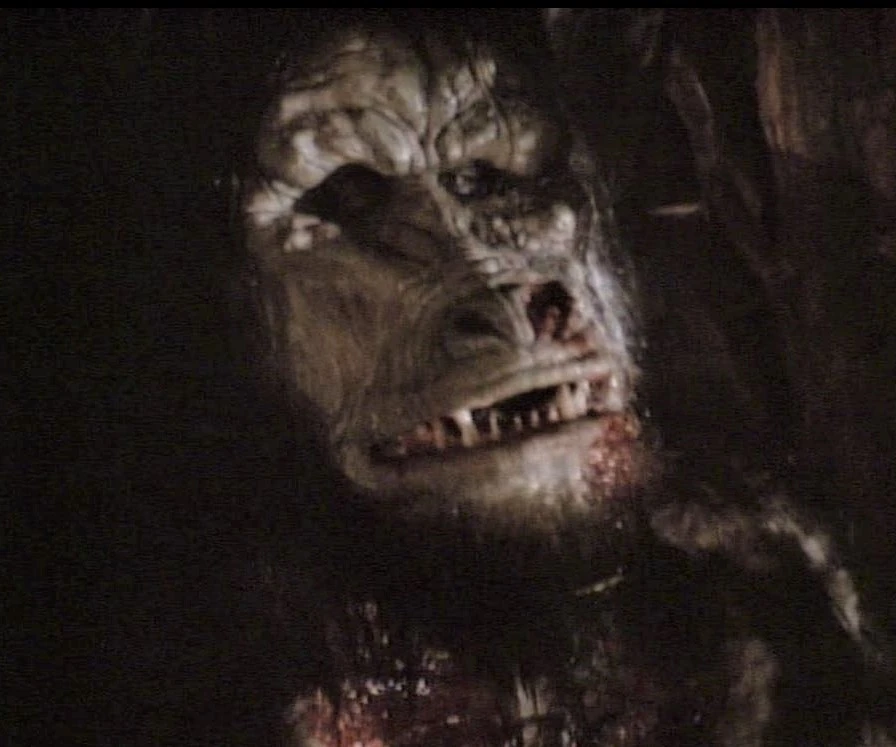
This cultural fetishisation of deep-rooted animality within human nature is also represented through the invasion of civilised spaces. As an uneasy Travis follows the sound coming from the utility room, the camera alternates between his perspective of the wreckage inside the house and the OXCOM’s surreptitious observation of the teenager from outside the window. Since the positioning of the OXCOM’s viewpoint inhibits it from occupying the same civilised space as Travis, it remains on the outside looking in at a cultivated image that its animal nature is barred from participating in. This segregation is reinforced by the obstruction of the blinds across the OXCOM’s field of vision, with this barrier symbolising the distinctions that prevent humans and animals from truly interacting with one another. However, though these elements outwardly convey the concept that animality cannot truly exist within society, it is through the OXCOM’s entrance into and destruction of the house’s interior that the film denotes aspects of animality bleeding into humanity. This is demonstrated by the fluctuating handheld shots between perspectives, with this acting as an invasive force that continuously renders the OXCOM’s duality as a Gothic bridge between civilised behaviours and darker impulses.
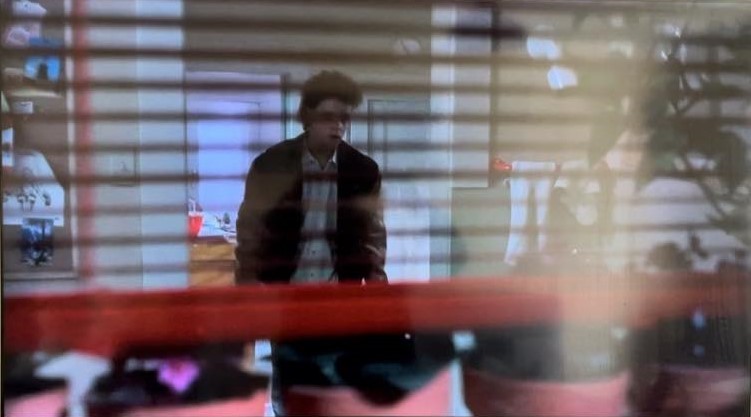
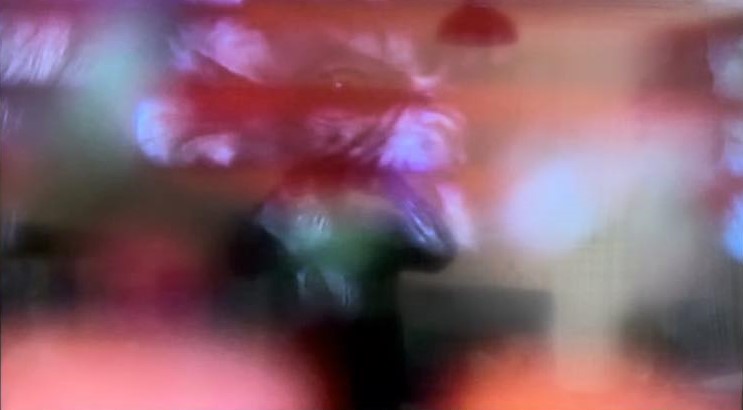
After finally catching sight of the creature, Travis once again invites animality into society as the OXCOM must invade his domestic environment to fulfil its human purpose. As this is through the glassy, man-made surface of the window, this effectively signifies a possible reflection of human-animal duality within the film’s heroic protagonist. Through these elements, engrained animal characteristics are not only restored to the surface of humanity’s conscious being, but also revealed to have never been buried that deeply in the first place.
Bibliography:
Hess, Jon, dir., Watchers (Universal Pictures, Alliance Releasing, 1988)
Image Bibliography:
Figure 2: Clark, Kate, And She Meant It, 2010, Human-Animal Hybrid Statue (26 x 25 x 21 inches) <https://rmitgallery.com/exhibitions/monster-human-animal-hybrid> [Accessed 3 January 2024]
Figure 3: Skulls Unlimited International, The Centaur of Tymfi, 2008, Statue of Centaur Skeleton <https://en.wikipedia.org/wiki/File:Centaur_skeleton.jpg [Accessed 3 January 2024]
Figure 4: Stewart, Paul D., A Manticore or Mantichore Monster, Stock Photograph, Science Photo Library, n.d. <https://www.sciencephoto.com/media/719771/view> [Accessed 3 January 2024]
Figure 7: Knepper, Michael, Watchers, Film Poster, IMDb, n.d. <https://m.imdb.com/title/tt0096425/mediaviewer/rm721316864/> [Accessed 3 January 2024]
